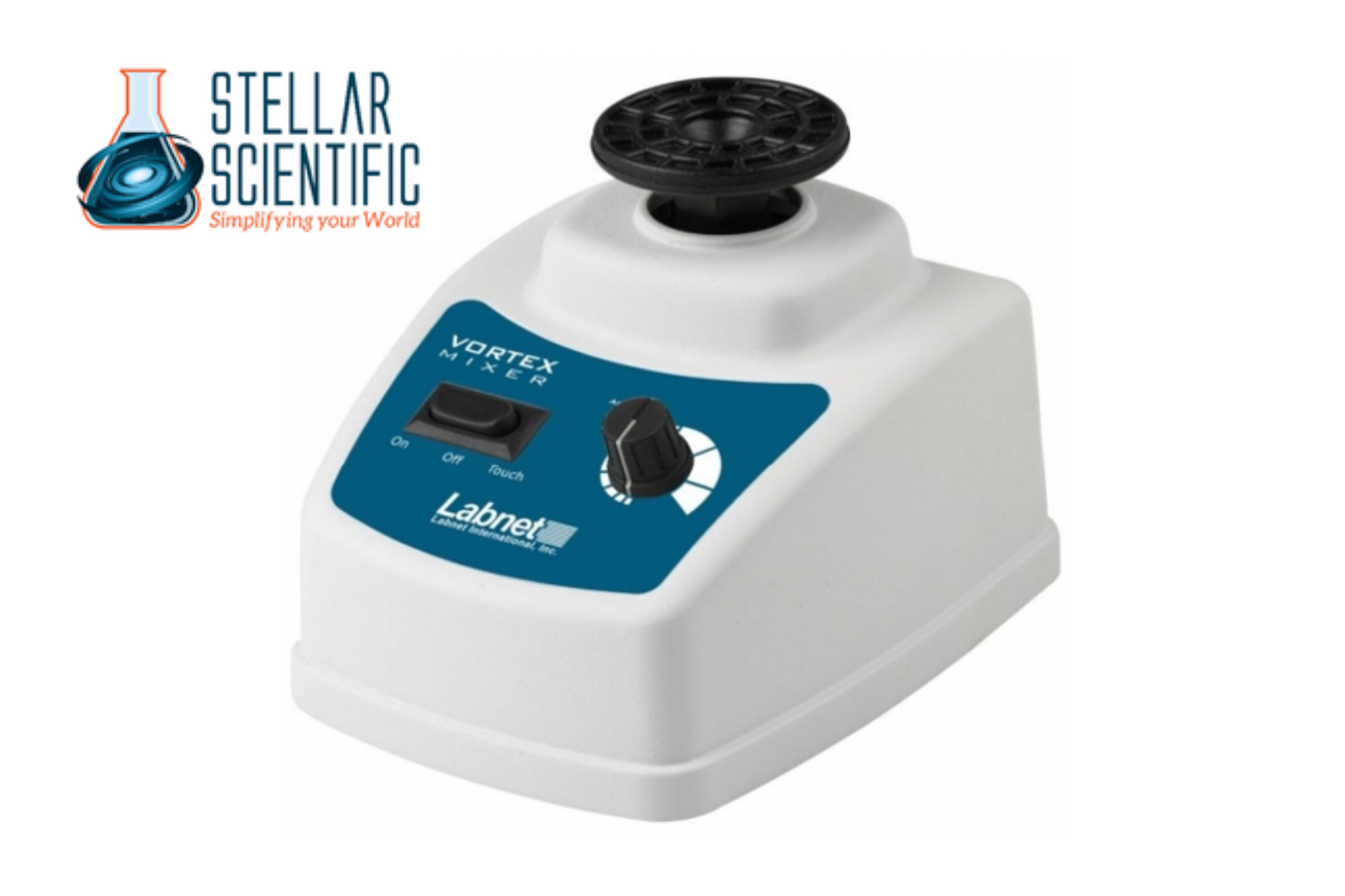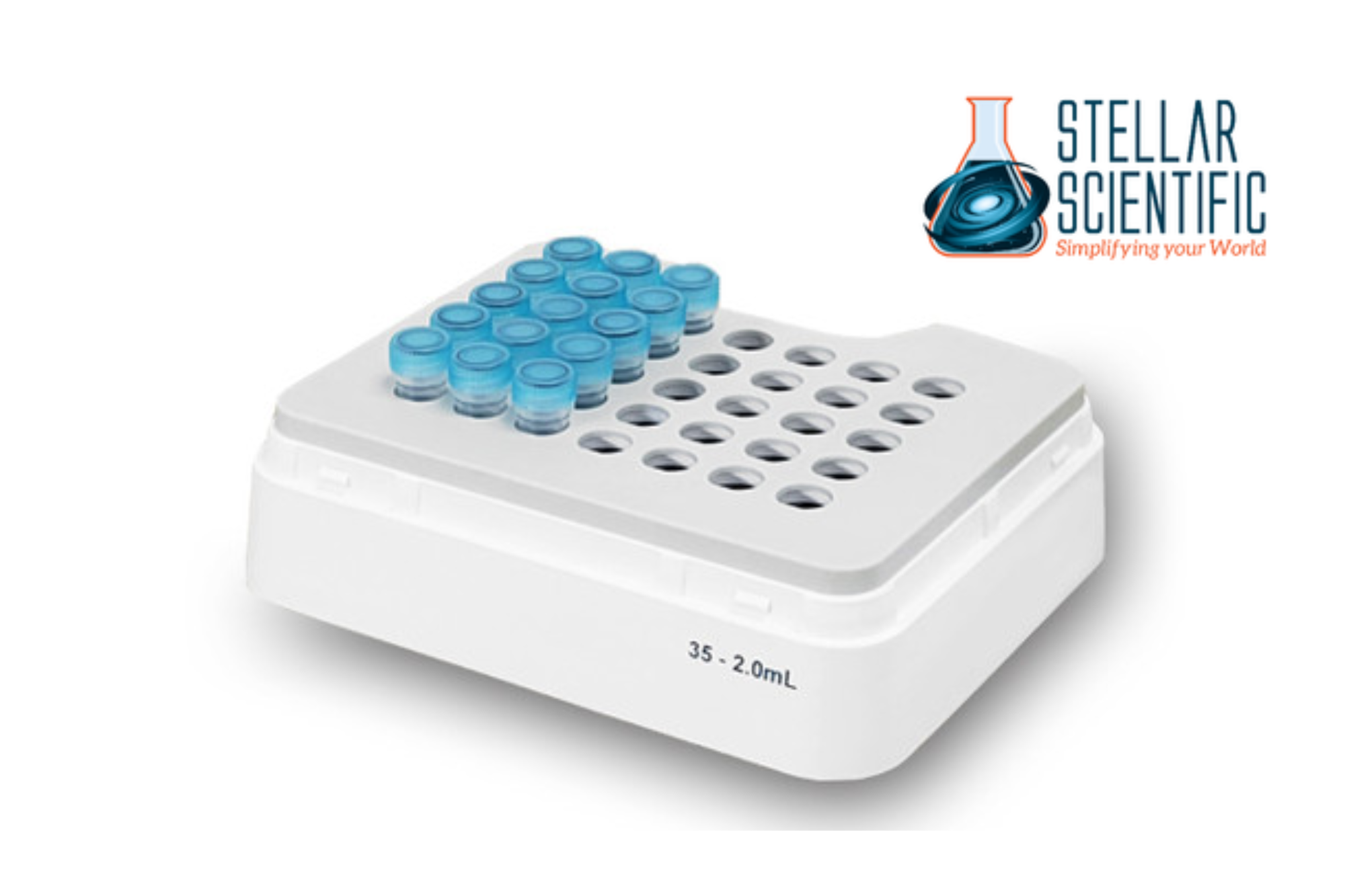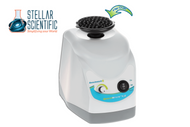Vortex Mixers in the Lab: What They Do and Why It Matters
22nd Apr 2025
Laboratory research and experiments often involve the mixing of various substances to achieve a uniform solution or to facilitate chemical reactions. One tool that plays a significant role in achieving consistent and reliable results is the vortex mixer. While vortex mixers may seem like a simple laboratory tool, they provide powerful benefits in mixing, and understanding how they work can help researchers and technicians optimize their processes.
In this article, we’ll explore what vortex mixers are, how they work, and why they matter in laboratory work. We’ll also look at how their features make them indispensable tools for many scientific applications.

What is a Vortex Mixer?
A vortex mixer is a laboratory instrument used to mix small sample volumes in test tubes, vials, or other containers. The mixer works by rapidly shaking the container in a circular, vortex-like motion, which ensures thorough mixing of the sample contents. This shaking action typically occurs at high speeds and is ideal for applications that require quick and efficient mixing, such as the suspension of particles, cell cultures, or reagents.
Vortex mixers can accommodate a range of container sizes, from microcentrifuge tubes to larger test tubes or vials. They are commonly used in biological, chemical, and clinical laboratories for their ability to mix samples effectively and consistently in a short period.
How Does a Vortex Mixer Work?
Vortex mixers operate using a motor that causes a platform to move in a circular motion, creating a vortex in the sample container. When a container is placed on the platform or held in place, the shaking action causes the contents of the container to swirl in a circular motion. This action results in thorough mixing, ensuring that all the sample components are well-combined.
Most vortex mixers are equipped with adjustable speed settings, which allow users to control the intensity of the mixing. Some vortex mixers are equipped with paddle attachments or specialized cups to hold different types of containers securely, providing added versatility.
The on/off switch or touch-sensitive control allows users to start and stop the vortexing process with ease. In many cases, vortex mixers also feature pulse operation, where the mixer operates in short bursts to avoid over-mixing or heating of the sample.
The Importance of Vortex Mixers in the Lab
1. Rapid and Efficient Mixing
One of the main benefits of vortex mixers is their speed. Traditional mixing methods, such as manual shaking or stirring, can be time-consuming and inconsistent. Vortex mixers, on the other hand, can rapidly mix samples in seconds, ensuring that even small volumes are thoroughly combined.
This efficiency is particularly useful in high-throughput laboratories or environments where time is a crucial factor, such as clinical labs or pharmaceutical research. Researchers can achieve consistent results quickly without the need for prolonged manual intervention.
2. Thorough and Consistent Mixing
In many laboratory applications, it is essential that the contents of a container are evenly mixed. Whether working with reagents, proteins, cells, or other substances, uniformity is key. Vortex mixers help achieve this by providing powerful agitation, which ensures that all components of the sample are fully combined, avoiding separation or uneven distribution. This consistent mixing reduces the likelihood of errors or inconsistencies in experimental results.
3. Versatility in Sample Types
Vortex mixers are versatile tools that can be used across a range of applications and sample types. Whether you’re mixing a simple solution of chemicals, preparing cell cultures, or suspending particles in a buffer, a vortex mixer can provide the appropriate agitation. The ability to work with various sample volumes, from microcentrifuge tubes to larger vials, makes vortex mixers suitable for a variety of laboratory needs.
In addition to liquids, vortex mixers can also be used to mix viscous samples, such as gels or suspensions, making them invaluable in research that involves complex biological or chemical preparations.
4. Space-Efficient Design
Vortex mixers are compact in size, meaning they don’t take up much space on the laboratory bench. For researchers working in small or crowded lab spaces, this is an important consideration. The small footprint of vortex mixers allows them to be easily incorporated into any lab environment without crowding other equipment.
5. Ease of Use
Operating a vortex mixer is straightforward and requires little training. The intuitive on/off switch, adjustable speed settings, and pulse functions allow researchers to quickly get up and running with minimal setup. This user-friendly design makes vortex mixers ideal for both experienced scientists and beginners who may be less familiar with laboratory equipment.

Applications of Vortex Mixers
Vortex mixers are used in a wide variety of laboratory applications, including but not limited to:
1. Sample Preparation
In research, preparing samples is a crucial first step before analysis or experimentation. Vortex mixers are commonly used to suspend solids in liquids, ensuring that reagents, chemicals, or biological particles are evenly dispersed throughout the solution. Whether preparing reagents for chemical reactions or suspending cells for DNA extraction, vortex mixers ensure that the sample is homogeneously mixed, providing accurate results.
2. Cell Culture and Biological Research
In biological laboratories, vortex mixers play a key role in mixing cell cultures, bacteria, or enzymes. The gentle agitation produced by vortex mixing is ideal for suspending cells in a solution without causing harm or destruction to delicate cellular structures. They are often used in the preparation of cell lysates, protein extraction, and other biological assays where uniform mixing is critical to the success of the experiment.
3. PCR Preparation
Polymerase Chain Reaction (PCR) is a common technique used in molecular biology to amplify DNA sequences. PCR mixes often require precise preparation and homogeneous mixing of various components like DNA, primers, and enzymes. Vortex mixers help ensure that all the components are well-mixed before the PCR amplification process begins, improving the reliability and accuracy of the results.
4. Chemical Reactions
In chemistry, vortex mixers are used to mix chemical reagents or solutions to ensure that they are properly combined before starting a reaction. For instance, when mixing acids, bases, or solvents, vortex mixing ensures that the substances are uniformly mixed, reducing the risk of unwanted side reactions or incomplete chemical processes.
5. Diagnostics and Clinical Applications
In clinical labs, vortex mixers are frequently used for sample preparation, such as mixing blood samples, serum, and urine for analysis. They help create uniform solutions for diagnostic testing, ensuring that the results are consistent and accurate across all samples.
Choosing the Right Vortex Mixer
When selecting a vortex mixer for your lab, several factors should be considered:
1. Speed and Range
Choose a lab vortex mixer with adjustable speed settings that allow for fine control of mixing intensity. Some vortex mixers offer variable speeds and pulse options, which can help tailor the mixing process to specific applications, ensuring optimal performance for a wide range of laboratory tasks.
2. Sample Volume
Consider the types of containers you will be using. Some vortex mixers are designed specifically for small tubes like microcentrifuge tubes, while others can handle larger containers such as test tubes or flasks. Ensure that the mixer is compatible with the sample sizes you typically work with.
3. Durability and Build
Look for a vortex mixer that is well-built and designed for frequent use. Models with robust construction can withstand constant operation in busy laboratories without sacrificing performance.
About Stellar Scientific
At Stellar Scientific, we offer a range of high-quality laboratory equipment to support research and scientific innovation. Our collection includes the high-quality vortex mixer, along with a variety of other laboratory instruments, consumables, and accessories that meet the highest standards of performance and reliability.
We are committed to providing our customers with the tools they need to achieve accurate, reproducible results in their work.

